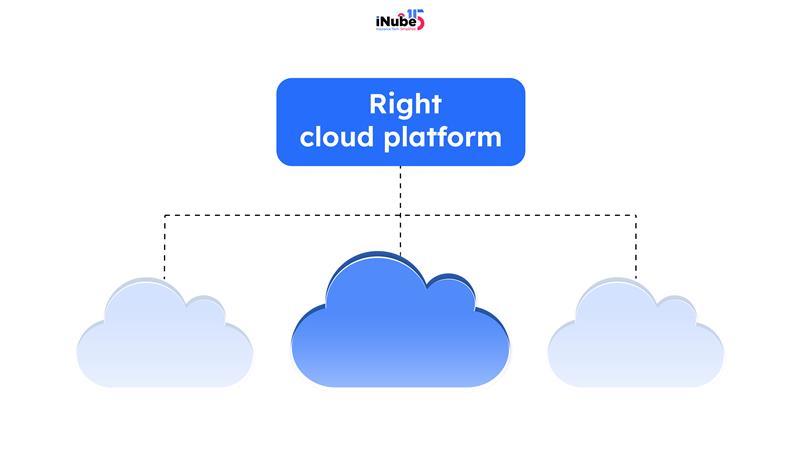As per one of the studies from Capgemini, 91% of insurers have adopted cloud technology in some form, while 85% have accelerated digital transformation since 2020. This is the power of cloud platforms in insurance, which has resulted not only in their widespread adoption but also in the impact they have had in accelerating digital transformation. While on the side, this growth shows a positive impact of technology adoption; on the other hand, there is also a negative impact of it being hastily adopted without conscious thought by the insurers, leading to an expensive investment.
Read on as we disclose some of the key phases to tackle this issue.
Top Factors to Assess Before Cloud Adoption in Insurance
Here are the top factors to assess before making an expensive cloud adoption in insurance:
Assessing the Need
The first and foremost step that the insurers need to keep in mind is to have a clear understanding of where they stand. Too often, the insurers are swayed by the vendor for marketing, instead of assessing their own business needs.
But, pausing here to think- what services do I actually need- compute, storage, or networking, and gaining clarity on this question will be the ultimate power player. Think of the various options that you have when looking to jump into adopting a cloud platform.
While assessing the need is important, it’s equally important to determine whether your workloads are predictable or just spiky. The policy insurance systems may have steady usage, while the claim surges post-catastrophe essentially require elastic scalability.
Understanding this behavior will ensure that there is the right balance between cost and capacity, which will be helpful in preventing overprovisioning and surprise bills.
Making A Cost-centric Comparison
This is where the pivotal part comes into play- assessing the pricing models. The cloud providers essentially operate upon multiple structures that include- On-demand, Reserved, or the Commitment Tiers. Each of these has its own trade-offs. Additionally, on-demand gives flexibility but at a much higher cost, while the reserved or committed use of discounts would essentially demand a much more upfront forecasting.
Ensure not to fall for the sticker price trap; instead, assess the cloud service providers to offer a more realistic view of operational expenditure over the capital savings.
Technical and Vendor Due Diligence
One of the key factors to assess before is to understand the technical and vector due diligence. For insurers, this is a factor that is absolutely non-negotiable. The cloud platforms that they are looking to adopt must demonstrate multi-layered security, encrypted at rest and in transit, along with the necessary certifications.
Additionally, it’s important to evaluate the maturity of the cloud provider’s ecosystem to understand the robustness and the capability of the cloud infrastructure. In addition to this, vendor lock-ins remain another strategic task that the insurers need to perform; it’s important to avoid dependency by using containerization and multi-cloud strategies, which would empower the insurers to migrate workloads across providers without re-engineering the applications.
Long-term Cost Management
It’s important to adopt the right sizing culture- acknowledge only what is needed, automate the shutdown of the idle resources, and make sure to regularly review the usage patterns. This is the mindset that will reinforce sustainable cloud operations.
Conclusion
Choosing the right cloud platform is not just about tech adoption; instead, it’s about finding the right-sized cloud platform that will suit the business needs seamlessly. The ideal platform will align with your technical requirements, regulatory obligations, and financial boundaries, which will deliver scalable value without any hidden costs.

Archismita Mukherjee
Insurance Content Analyst


